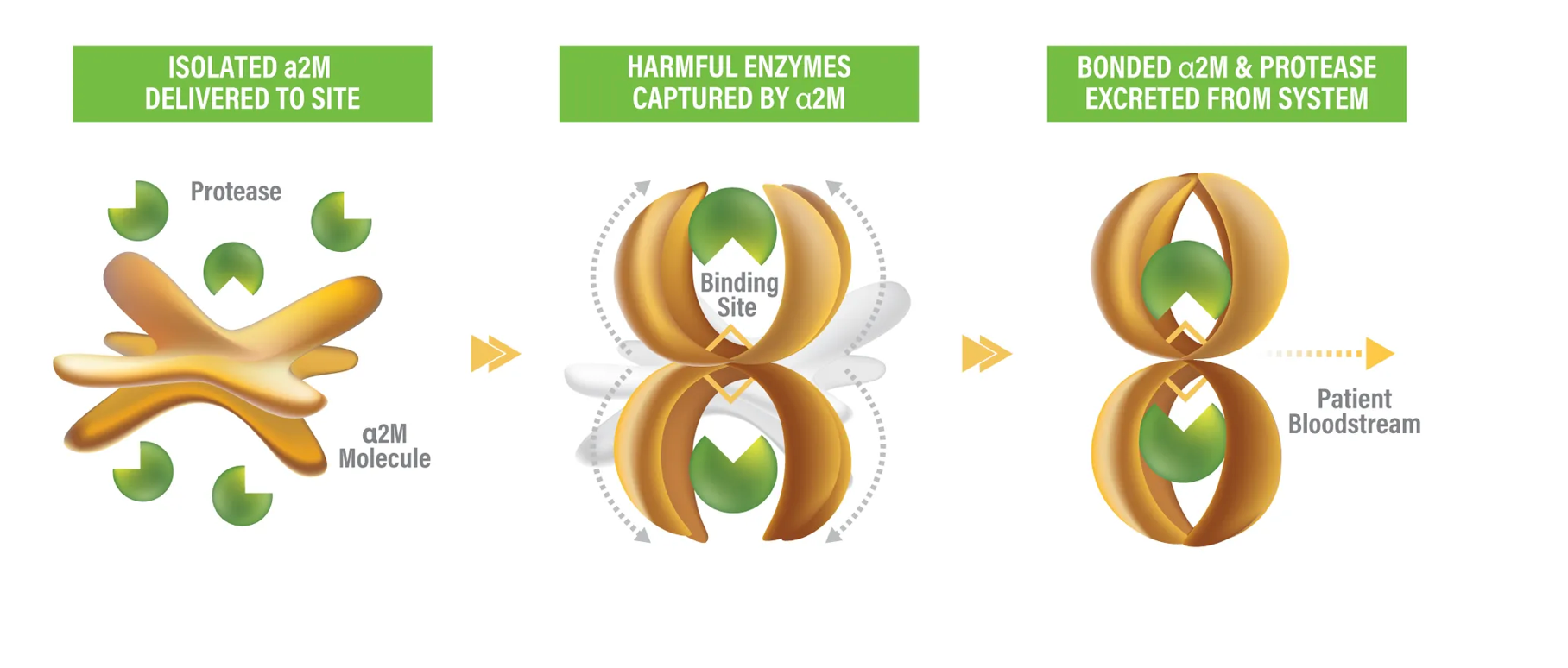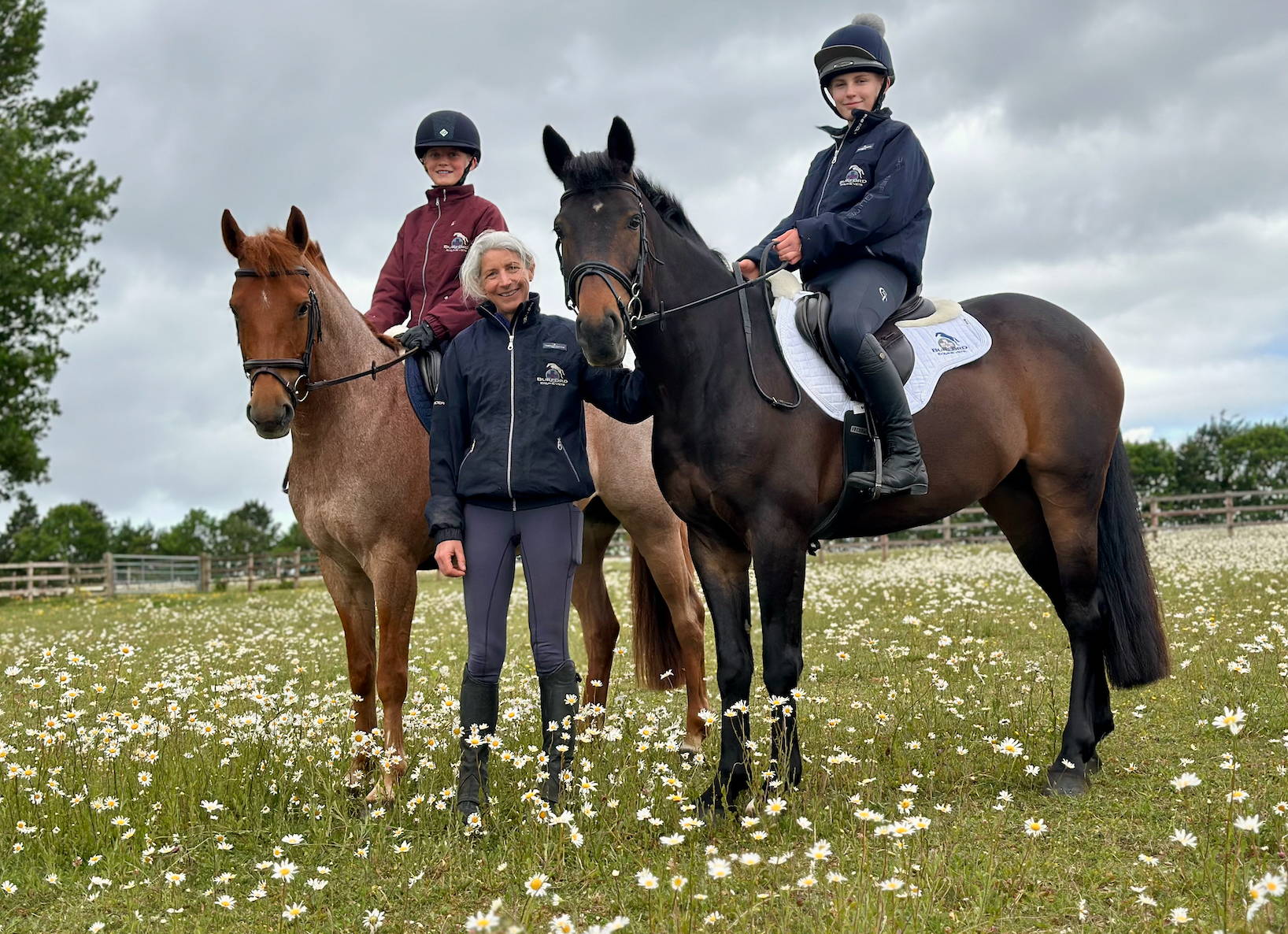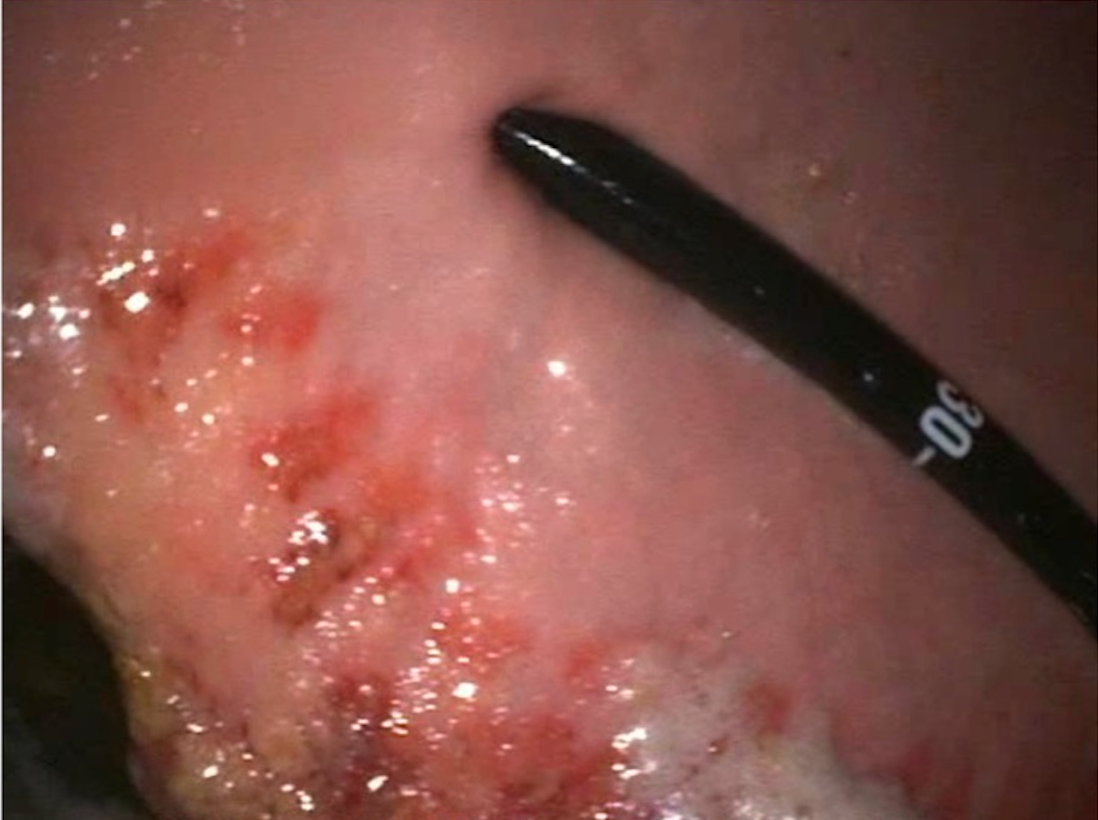Unlocking the Power of Alpha 2EQ
Alpha 2EQ Orthobiological Therapy
For owners seeking to keep their horses at peak performance, it’s crucial to ensure a swift recovery from injuries and prevent long-term damage. One of the most innovative treatments available today is Alpha 2EQ, which uses the Alpha-2-Macroglobulin (a2M) protein from the horse’s own blood to enhance healing and reduce inflammation. Here we dive into what the therapy is, how it works, and why it’s the treatment of choice for certain injuries and particular patients.
What is Alpha 2EQ Orthobiological Therapy?
Alpha 2EQ is a regenerative treatment that harnesses the power of Alpha-2-Macroglobulin (a2M), a naturally occurring protein in the horse’s blood. a2M acts as a protease inhibitor, which means it blocks enzymes that break down tissue, therefore reducing inflammation and protecting cartilage from further degeneration.
The a2M protein is extracted from the horse's own blood, concentrated via a centrifuge two-step process and then injected back into the joint or point of injury. This therapy helps to accelerate recovery, reduce inflammation, and promote repair.
Alpha 2EQ(a2M) Therapy Process: Watch video
1. Consultation and Assessment:
Bart will first assess the condition of your horse’s injury to determine if Alpha 2EQ is the best option, this may include diagnostic imaging as well as a physical assessment.
2. Taking Blood:
A small sample of the horse's blood is drawn. The
a2M protein is then separated and concentrated from the blood, using a two-step centrifuge system.
3. Injection at the Injury Site:
The a2M protein is injected directly into the affected area, such as the joints, tendons, or ligaments.
4. Once injected:
The concentrated a2M protein is naturally designed to block the enzymes that cause cartilage breakdown and reduce tissue degradation. Working to regenerate tissue, reduce pain, and accelerate recovery.
5. Freeze additional product
You can freeze for future use for up to 12 months
Link for further information: here
Why is Alpha 2EQ Effective for Horses?
1. Targeted Healing for Chronic Injuries:
Alpha 2EQ therapy is particularly effective for horses with chronic injuries or degenerative diseases like arthritis. The a2M protein helps protect the cartilage from further breakdown and promotes long-term regeneration.
2. Reduces Inflammation and Pain:
The a2M protein works by blocking proteases, which are the enzymes that contribute to inflammation and tissue breakdown. This results in reduced swelling, less pain, and improved recovery.
3. Regenerative Properties:
A2M helps regenerate damaged tissues such as cartilage, tendons, and ligaments, making it a great option for joint health and soft tissue recovery.
4. Non-Surgical Treatment:
A2M therapy is a non-invasive, non-surgical alternative to traditional treatments, offering an effective solution without the risks and recovery time associated with surgery.
Conditions That Benefit from A2M Therapy:
· Joint Degeneration (Arthritis):
· Tendon and Ligament Injuries:
· Chronic Inflammatory Conditions:
· Soft Tissue Injuries:
Conclusion:
Alpha 2EQ Orthobiological Therapy is an advanced, non-surgical treatment that can significantly improve recovery times for horses with chronic injuries, degenerative joint disease, and other inflammatory conditions. By harnessing a naturally occurring protein in the horse’s blood, the therapy accelerates tissue regeneration, reduces inflammation, and improves the healing process. It can be used for all type of horses and is particularly beneficial for patients with underlying conditions (such as Equine Metabolic Syndrome) where use of corticosteroids carries a laminitis risk or for sports horses during the competition season, as there is no withdrawal period prior to events.





